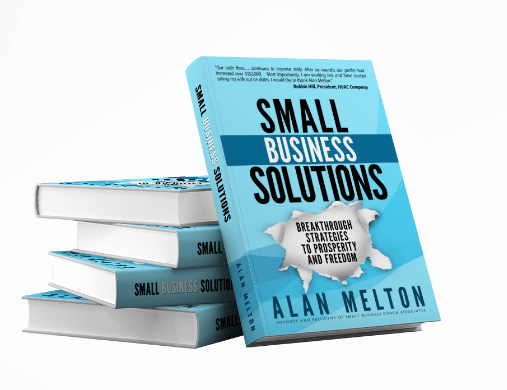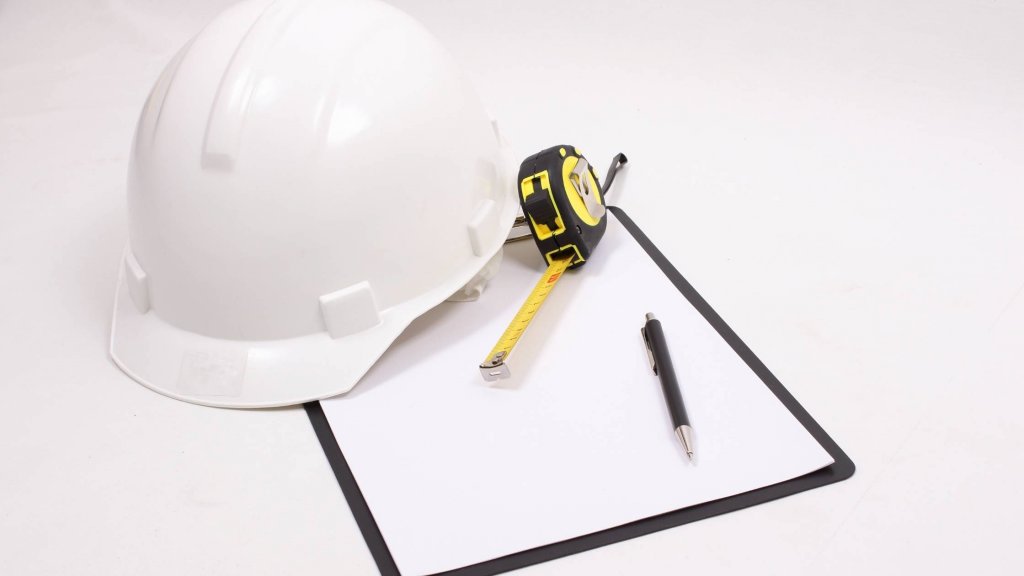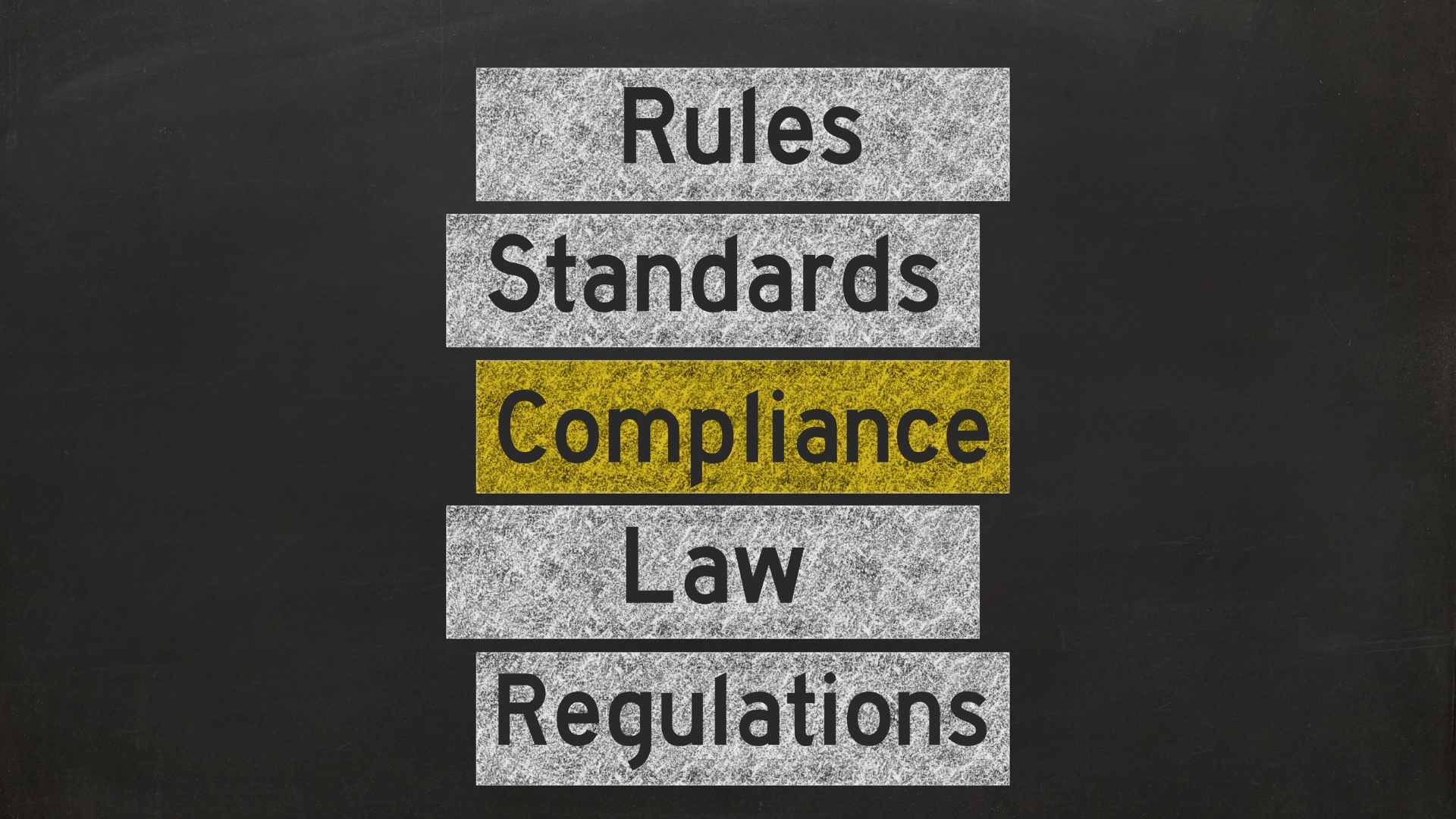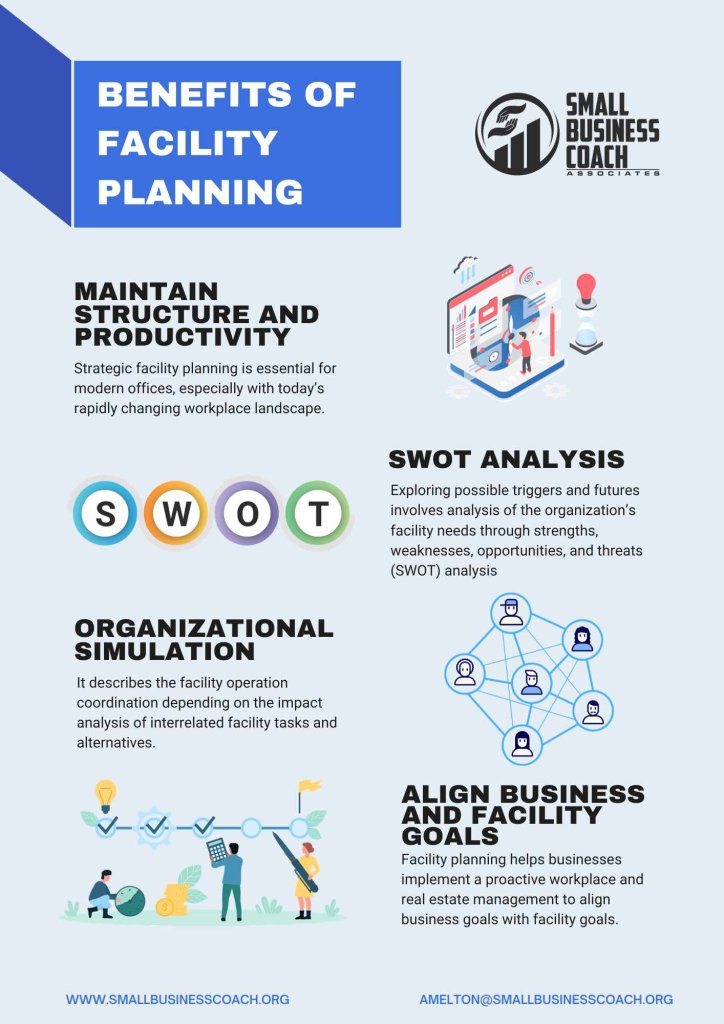VIEW BY TOPIC
- Finding Customers
- Business Systems
- Managing Employees
- Leadership
- Managing Money
Related Posts

Ready to Grow Your Business Fast?
Here’s How I Grew Five Businesses, and Eventually Sold One to a Fortune 500 Company.

Facility planning is a must for any type and size of business, including small companies. Because of emerging needs and changes across different industries and organizations, facility planning plays a crucial role in attaining overall goals.

What Is Facility Planning?
Facility planning involves designing and properly accommodating machines, activities, and people within an organization’s physical spatial environment for an efficient workflow. Strategic facility planning goes together with facility management (FM), encompassing the entire portfolio of leased or owned space, which is usually a two- to five-year plan.
Because facility planning is broad and complex, business owners and facility managers must know how to implement different FM strategies. But to better carry out this process, it’s essential first to identify its advantages.
In this blog post, you’ll learn the critical benefits of facility planning.
- Maintain Structure And Productivity
Strategic facility planning is essential for modern offices, especially with today’s rapidly changing workplace landscape. In addition, as more businesses embrace remote and hybrid work, facility planning is necessary to maintaining productivity and structure in flexible, modern work settings.
This process recognizes that every business planning decision directly impacts a company’s needs and real estate assets. Hence, refining planning and management are essential in linking core business strategies to facilities to maintain structure and productivity.
Here are the different facility planning activities and tools to help maintain structure and productivity in a workplace or any commercial facility:
- SWOT Analysis
Creating a good business plan requires SWOT analysis, as does a facility plan. Exploring possible triggers and futures involves analysis of the organization’s facility needs through strengths, weaknesses, opportunities, and threats (SWOT) analysis. In addition, SWOT analysis often includes strategic creative analysis (SCAN) and systematic layout planning (SLP). This analytical tool helps mimic different scenarios to better respond to possible internal and external changes affecting square footage requirements, equipment, and overall business operations.
- Organizational Simulation
Organizational simulation helps facility managers understand how businesses operate. It describes the facility operation coordination depending on the impact analysis of interrelated facility tasks and alternatives. This method supports strategic planning and measures organizational performance.
- Align Business And Facility Goals
Facility planning helps businesses implement a proactive workplace and real estate management to align business goals with facility goals. This process ensures both the company and its facilities are future-ready. Here’s how:
- Promotes Better Collaboration
High-level workplace collaboration is vital in planning to align business and facility objectives. However, this process is highly complex, requiring the expertise of a facility manager (FM) and a well-trained facility management team. These FM professionals are great planners. They have the correct data, resources, and capabilities to make intelligent decisions to anticipate needs and keep the facility running smoothly.
- Ensures Everyone Works And Complies
Strategic facility planning can help facility managers perform their duties and responsibilities. It helps ensure that all employees work hard and adhere to the plan to achieve the business goals. Facility management teams optimize facility plans, satisfying the strategic relationships between the business, facilities, and products/services.
- Improve Sustainability
The law outlines the requirements for sustainable commercial spaces. They include recycling and minimizing energy, water, and material usage, environmental impact, and human health effects. Hence, businesses have a starting point for creating more sustainable facilities.
A facilities manager can create a strategic plan to implement green processes, making business more sustainable.
Planning helps improve sustainability by performing the following:
- Maximizing Space
Facility planning can help improve sustainability. For example, less office space is necessary for organizations that embrace remote and hybrid work setups. It also provides additional savings from overhead costs, especially for small businesses.
- Gaining Performance Visibility
A key to understanding a company’s sustainability status is to gain visibility into its facility performance. With sustainability analytics, organizations are better aware of their present sustainability status. This will help develop future facility improvement strategies. In addition, conducting sustainability audits using this tool can help make data-backed-up maintenance, repair, and replacement decisions to create more sustainable and safer facilities.
- Improve Employee Engagement
Business owners often have difficulty convincing long-time employees to adopt innovation or new business processes, equipment, and tech solutions. This can impact employee engagement. Facility planning can help improve employee experience from new work arrangements because of better office space utilization.
For instance, facilities managers can design and create office hot-desking or hoteling environments to provide remote and on-premise employees more freedom to choose their workstations.
But facilities managers must increase employee engagement. Hence, they must perform the following roles to improve employee engagement for more successful planning:
- Technology Advocates
Many employees resist new technology, especially if they are accustomed to traditional systems. Therefore, facilities managers should be technology advocates actively implementing workplace technology. In this way, they can resolve employee concerns to embrace new technology that can help meet their needs.
- Management And Staff Liaisons
To create the best facility plan, facilities managers must effectively communicate with employees and the C-suite. This can help guarantee a more productive work environment. Facilities managers are emissaries between the management and employees. As a result, they have expert insights in designing an innovative workplace to encourage the workforce and promote better employee engagement.
- Increase Business Revenue

The most successful businesses enforce strict facility planning. Without a good facility plan, incidents like falls, fires, equipment failures, and production delays will likely occur more often than expected. All these things can negatively affect business operations and revenues.
Business owners shouldn’t overlook the importance of facility planning. A solid facility plan can help save them money, time, and energy in dealing with claims, lawsuits, and other similar problems. That way, business owners can focus on improving their sales, marketing, and customer service solutions. This can help sustain excellent operations to increase revenues.
Conclusion on Facility Planning
As more businesses face tougher competition and rely on the digital workspace, they must realize, accept, and draw inspiration from the critical benefits of facility planning and management. Businesses implementing facility planning will always be resilient compared to those without a plan. For this reason, prioritizing facility planning is necessary, especially in today’s changing work environments. Additionally, facility planning can help set facility goals according to the organization’s goals.
















